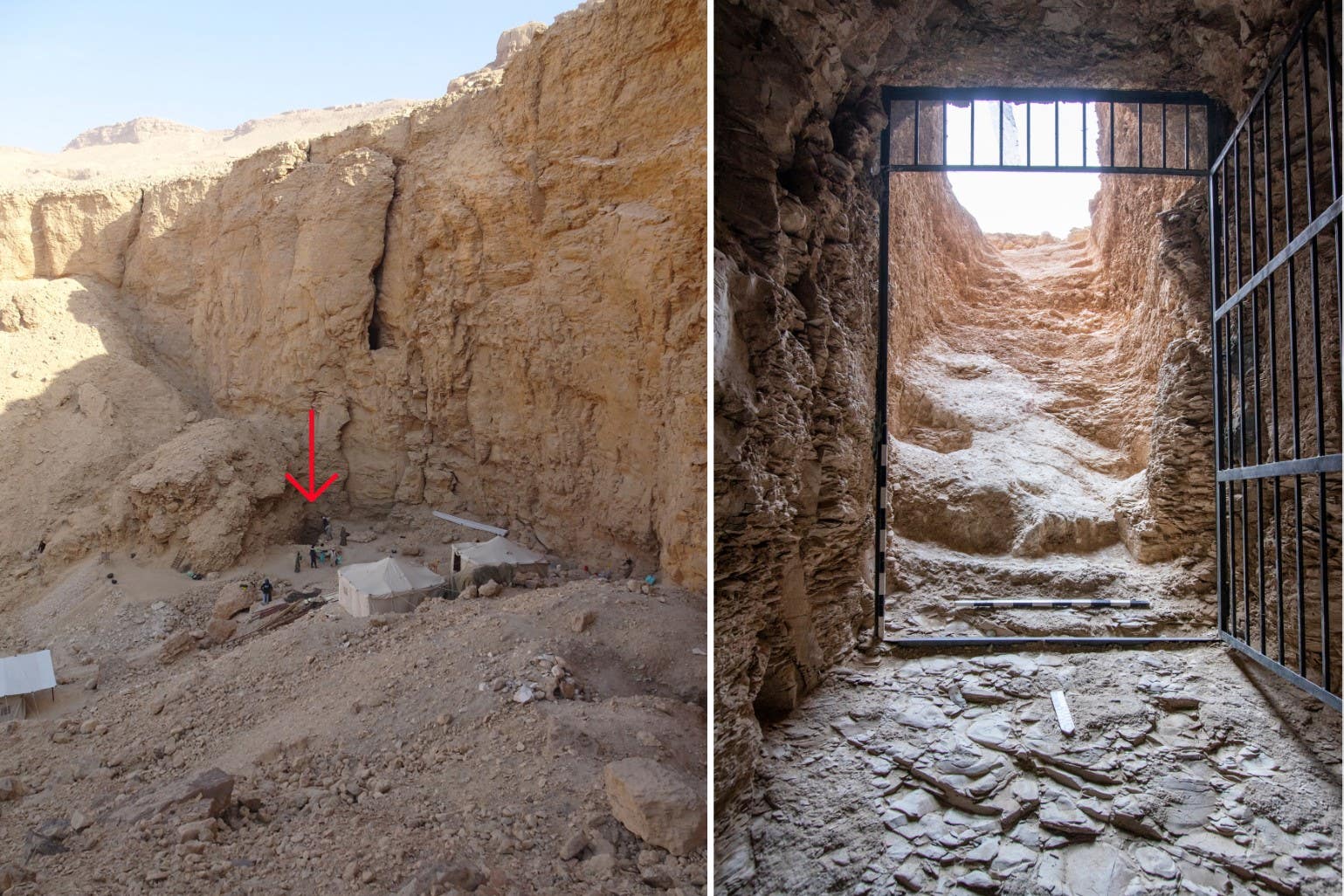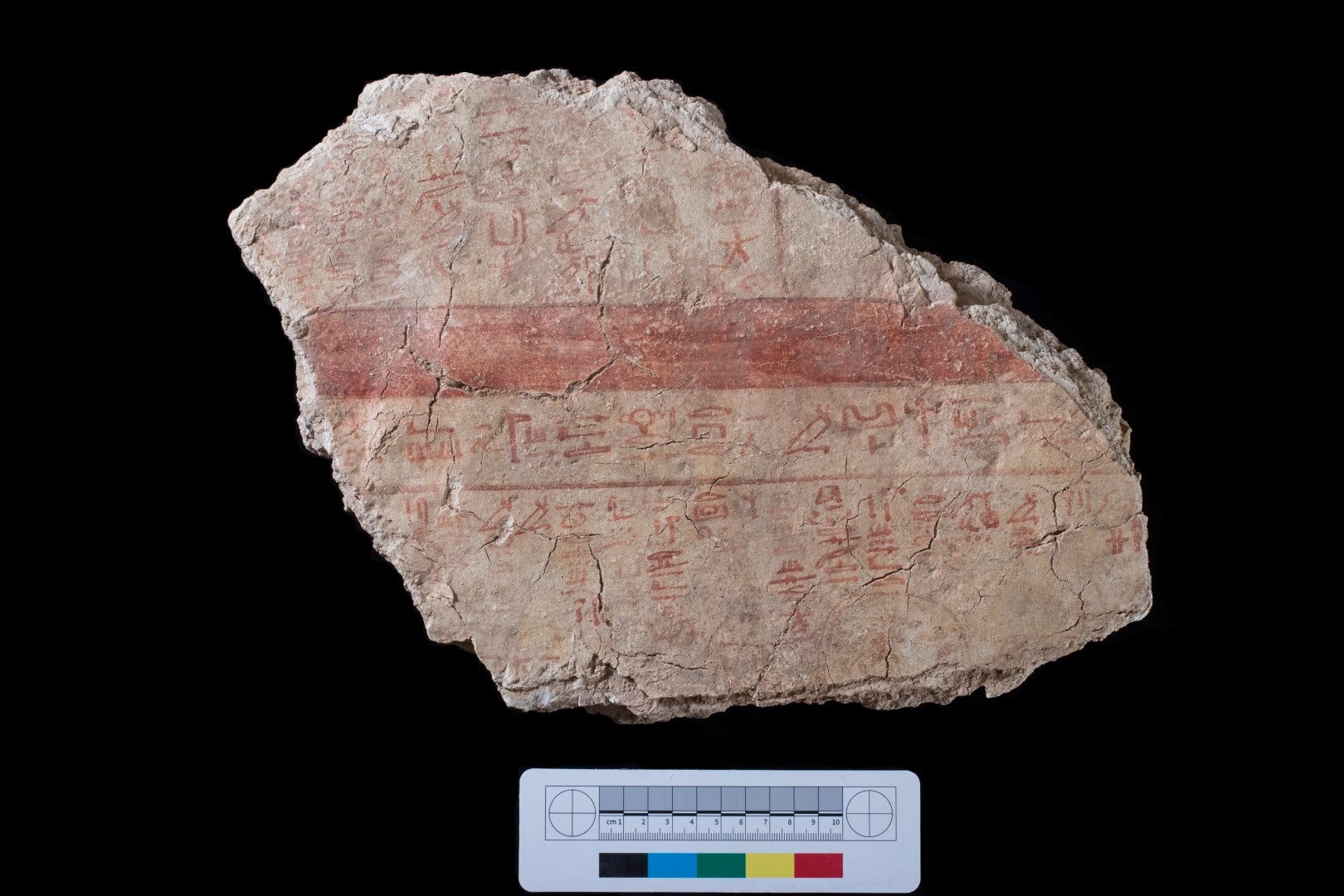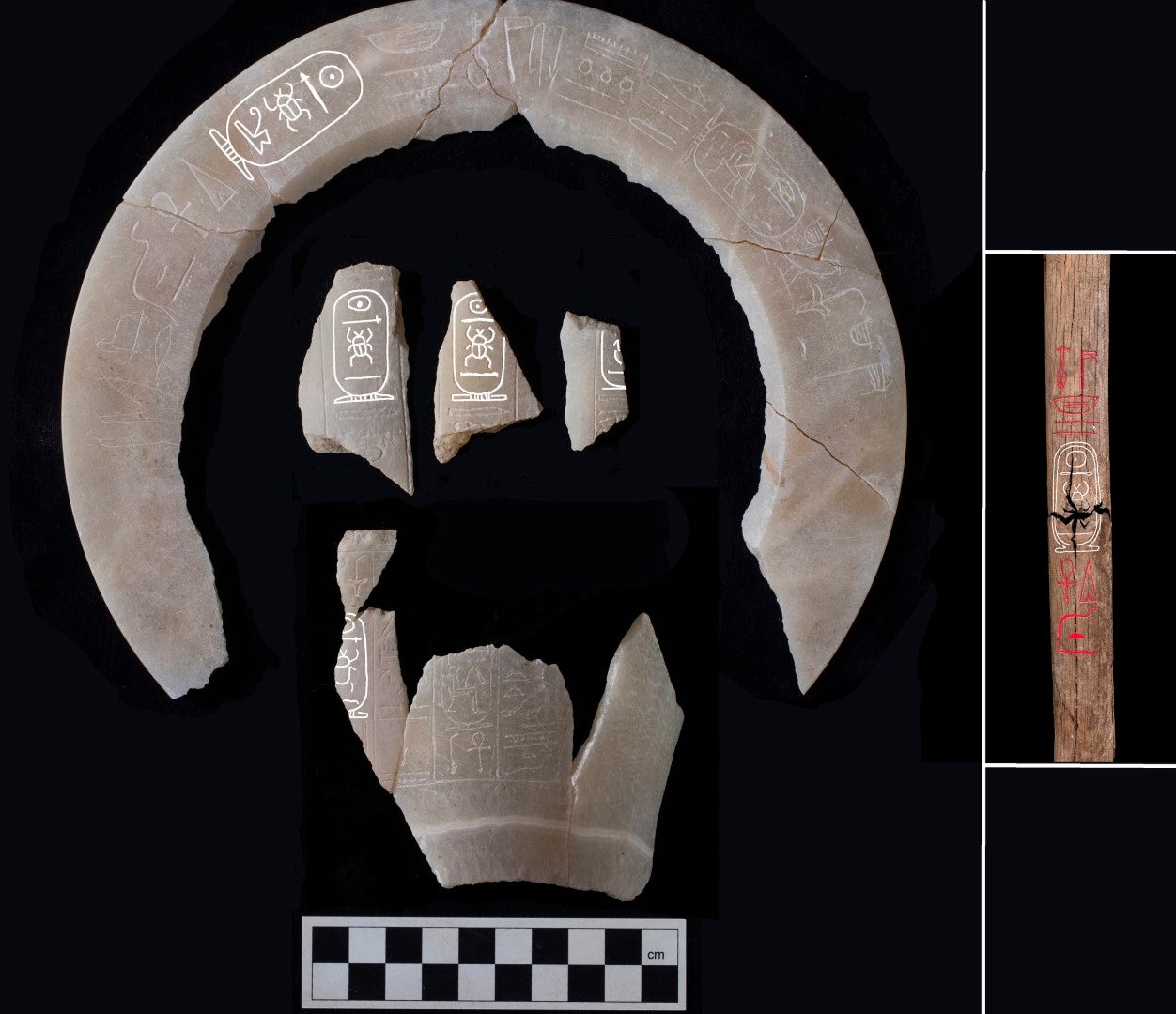A British archaeologist and his team who uncovered the long-lost tomb of an Egyptian pharaoh believe they are close to finding a second buried 23 metres beneath a man-made mountain.
Last week Piers Litherland revealed they had found the tomb of Thutmose II, the last undiscovered king of the 18th dynasty, in the Western Valleys of the Theban Necropolis.
It was the first time in over a century that archaeologists have discovered the final resting place of another Egyptian pharaoh, since the unearthing of Tutankhamun’s tomb in 1922.
However, Mr Litherland has now revealed they are trying to unearth a second site which they believe holds the pharaoh’s mummified body and grave goods.
Archaeologists believe the first tomb was emptied six years after burial, due to a flood, and relocated to a second.

The experts believe this second tomb has been hiding in plain sight for 3,500 years, secretly buried beneath 23 metres of limestone flakes, rubble, ash and mud plaster and made to look like part of the mountain.
“There are 23 metres of a pile of man-made layers sitting above a point in the landscape where we believe – and we have other confirmatory evidence – there is a monument concealed beneath,” he told The Observer.
“The best candidate for what is hidden underneath this enormously expensive, in terms of effort, pile is the second tomb of Thutmose II.”
On the idea of finding his remains, he added: “You dream about such things. But like winning the lottery, you never believe it will happen to you.”
When Egyptologists were searching for the initial tomb, they found a posthumous inscription that indicated contents may have been moved to a second location nearby by the pharaoh’s wife and half-sister Hatshepsut.

Mr Litherland and his team think they are about a month away from accessing the second tomb, after struggling to tunnel to it by hand.
“We’ve tried to tunnel into it, we’ve tried to shave away the sides, but there are overhanging rocks, so it’s too dangerous,” he said.
“We should be able to take the whole thing down in about another month.”
When they found the first tomb, located near a waterfall, archaeologists believed they had found the tomb of a royal wife. However, the wide staircase and illustrated burial chamber indicated it was likely to be the resting place of a king.
The reign of Thutmose II is thought to date from approximately 1493 to 1479 BCE. He is best known for being the husband of Queen Hatshepsut, regarded as one of Egypt’s greatest pharaohs and one of the few female pharaohs who ruled in her own right.
The discovery was made by a joint mission formed by the New Kingdom Research Foundation (NKRF), a British independent academic foundation, and the Ministry of Tourism and Antiquities, Egypt, a project affiliated to the McDonald Institute for Archaeological Research at the University of Cambridge.

Mr Litherland, leader and field director, said of the find: “This discovery solves a great mystery of ancient Egypt: the location of the tombs of the early 18th dynasty kings.
“The tomb of this ancestor of Tutankhamun had never been found because it was always thought to be at the other end of the mountain near the Valley of the Kings.
“Initially we thought we might have found the tomb of a royal wife, but the wide staircase and the large doorway suggested something more important.
“The discovery that the burial chamber had been decorated with scenes from the Amduat, a religious text which is reserved for kings, was immensely exciting and was the first indication that this was a king’s tomb.”
Artefacts discovered in the tomb, including fragments of alabaster jars bearing inscriptions with the names of Thutmose II and his wife are the only artefacts connected with his burial ever found.






